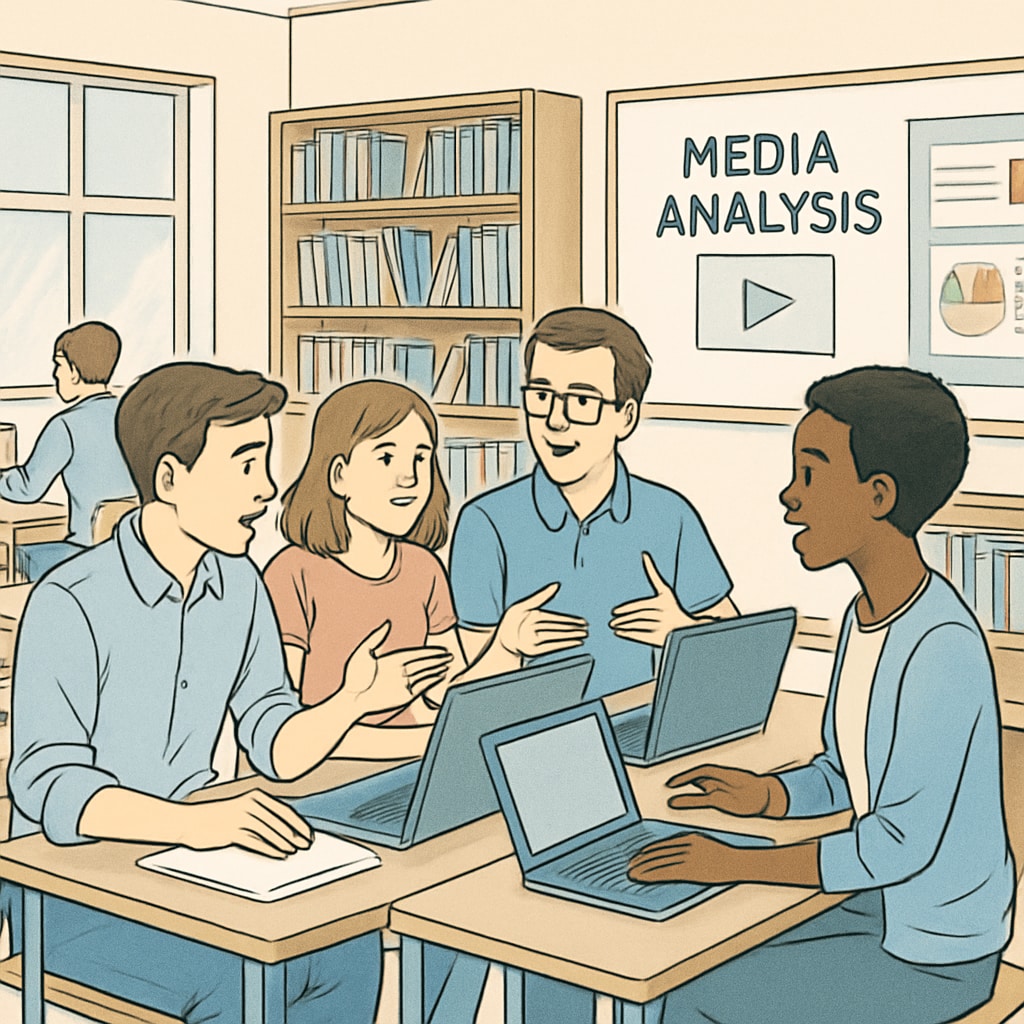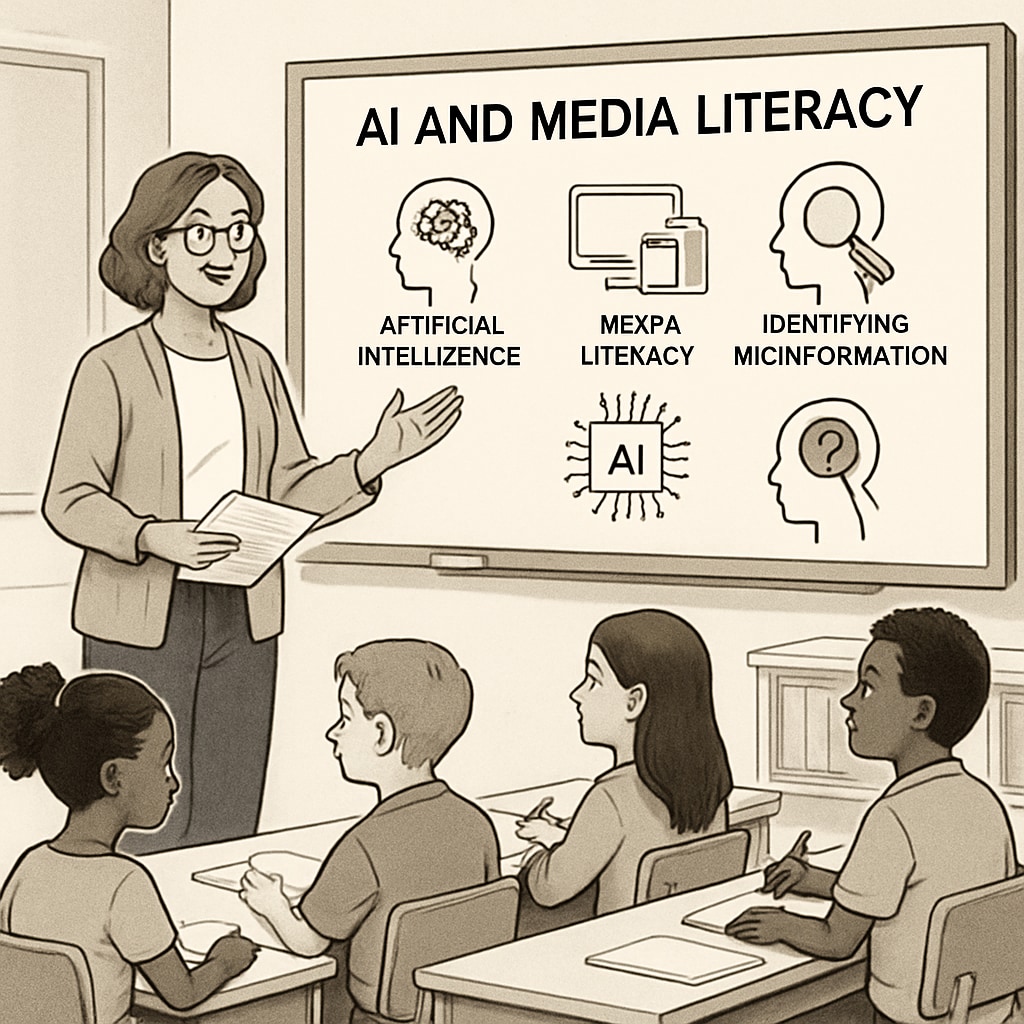In today’s digital age, equipping students with media literacy and critical thinking skills has become essential. AI writing prompts, media literacy, and teaching resources are transforming how educators approach these critical competencies. By integrating AI tools into the classroom, teachers can provide students in grades 9–12 with the skills needed to analyze, interpret, and create media content responsibly.
Why Media Literacy Matters in the Digital Era
Media literacy is the ability to access, analyze, evaluate, and create media in various forms. It equips students to identify biases, understand the influence of media on society, and develop informed perspectives. In the digital era, where misinformation spreads rapidly, fostering critical thinking is more important than ever. AI tools, specifically AI-powered writing prompts, offer a unique opportunity to enhance these skills by encouraging active engagement with media content.

How AI-Powered Writing Prompts Enhance Education
AI writing tools are designed to assist students in exploring complex topics through guided prompts. For example, an AI system can generate questions encouraging students to evaluate the credibility of news articles or analyze the impact of social media narratives. These writing prompts can be tailored to different contexts, ensuring relevance to the students’ curriculum and real-world scenarios. Some key benefits include:
- Personalized Learning: AI can adapt prompts based on individual student needs, ensuring both challenge and accessibility.
- Critical Analysis: Students learn to dissect information by responding to thought-provoking questions.
- Creative Media Production: AI tools inspire students to create their own media, fostering creativity and practical application.
Free Role-Based AI Writing Prompt Packages for Educators
To support educators, developers have created free, role-based AI writing prompt packages. These resources are tailored for middle and high school students, offering fictional scenarios that encourage analysis and problem-solving. For instance:
- Newsroom Simulation: Students act as journalists evaluating sources and crafting unbiased articles.
- Social Media Moderator: Prompts challenge students to identify misinformation and draft fair policies.
- Media Designer: Students create campaigns while considering ethical implications and audience impact.
These packages are ideal for classroom use, enabling educators to blend AI with traditional teaching methods seamlessly.

Integrating AI Tools into Classroom Activities
To effectively incorporate AI tools, educators can follow these strategies:
- Start Small: Introduce AI prompts in shorter assignments or discussions to familiarize students with the technology.
- Encourage Collaboration: Group activities using AI tools can foster teamwork and diverse perspectives.
- Reflective Practices: Dedicate time for students to reflect on their learning and how AI aided their understanding.
By blending AI resources with interactive lessons, educators can create a dynamic classroom environment that prioritizes critical thinking and media literacy.
Looking Ahead: The Future of AI in Education
AI’s potential in education extends beyond writing prompts. As technology evolves, AI tools may provide real-time feedback, simulate debates, or even analyze student-created media for constructive insights. However, educators must remain mindful of ethical considerations, ensuring that AI serves as a support tool rather than a replacement for human teaching.
In conclusion, harnessing AI-powered writing prompts is a step forward in preparing students for the challenges of the digital age. By integrating these tools into media literacy education, teachers can empower students to think critically, understand media’s influence, and contribute responsibly to society.
Readability guidance: This article uses concise paragraphs, active voice, and lists to maintain clarity. Transition words like “however,” “for example,” and “as a result” ensure smooth reading flow. Educators can adapt the strategies here for diverse classroom needs.


